- Learning time
- 20 minutes
- First play time
- 60 minutes
Cacao
Designed by: Phil Walker-Harding
In Cacao, you harvest cocoa beans for chocolate production, and sell them to villages for cash!
Each player has their own individual board which keeps track of their cocoa beans, sun tokens and water carrier. More on all those shortly.
The meat of the game is in the placement of tiles in an ever-expanding jungle landscape. Every player has their own worker tiles (with different coloured worker symbols along the edges) and these form a checkerboard pattern alongside the territory tiles. The landscape begins with two territory tiles diagonally adjacent: a village tile and a cocoa field. The starting player adds one of their worker tiles to the scene, and activates any workers on the edges that align with the cocoa tile (- harvest cocoa beans) and the village tile (- sell cocoa beans for gold!). Then it’s the next player’s turn.
Around this simple mechanic of laying one tile at a time come the territory tiles. Whenever two worker tiles are diagonally adjacent, no matter who they belong to, the active player adds a territory tile to the the space they’re both adjacent to, and at this point any workers aligned with the newly-placed tile activate, collecting more cocoa (if they have room; you can only ever have a maximum of five) selling cocoa or, depending on the territory tile placed, gathering gold from a gold mine (points, essentially) moving your water carrier along their little track on your player board (from negative points toward positive points) when activating a water tile, or laying claim to a temple: the players with most workers adjacent to a temple at the end of the game will score points. Finally there are also tiles that allow you to collect sun tokens – these are worth a point each at the end of the game, but when the territory tiles run out you can spend them to ‘overbuild’: placing a worker tile over a previously-placed worker tile and triggering all the rewards for it.
After all worker tiles have run out, players count up their money, plus rewards for temples and water carriers, and the player with the most gold wins.
The guru's verdict
-
Take That!
Take That!
Not much. The worst that can happen is somebody bumping you out of contention on a temple, or taking a space you had your eye on...
-
Fidget Factor!
Fidget Factor!
Variable, depending on who's playing. There's few decisions to make, but each one is meaningful and rushing things isn't the way to win. So the default is probably 'moderate' although some players may play fast and loose and others incline towards pondering.
-
Brain Burn!
Brain Burn!
All you do is place a single tile each turn... but where? You don't want to be harvesting cocoa if you've not room for it, or selling to a village for a paltry 2 gold when another village is offering four. And around those relatively simple factors is the conundrum of what you leave open for other players to take... low complexity rules, but high-density cognitive load!
-
Again Again!
Again Again!
The tiles can't be predicted, so there's always some variety.


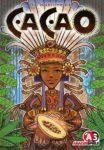
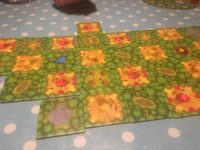




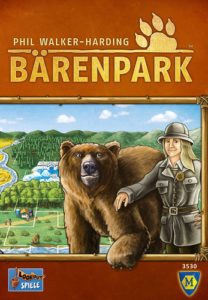
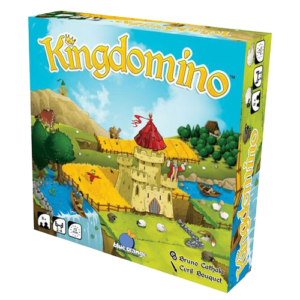
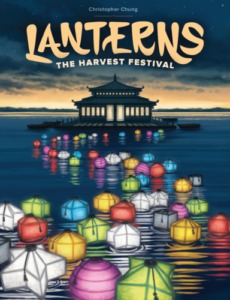
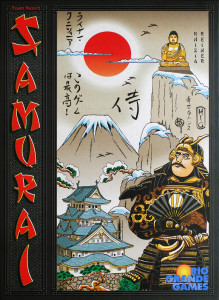
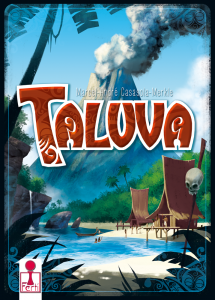
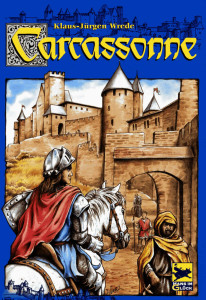
Sam says
This is a great game to introduce kids (or anyone) to tactical play. If the rules described here sound opaque, they're very straightforward when the game is in front of you; there's no special exceptions or fiddliness, no concept-juggling; but the light, colourful appearance and simplicity does not a tedious roll-and-hope experience make. There are decisions aplenty - more than enough to satisfy adult players - and if it skews a bit far towards abstraction to be a personal favourite of mine, but I'd still happily recommend it as a family game the parents can still enjoy after the kids are in bed.